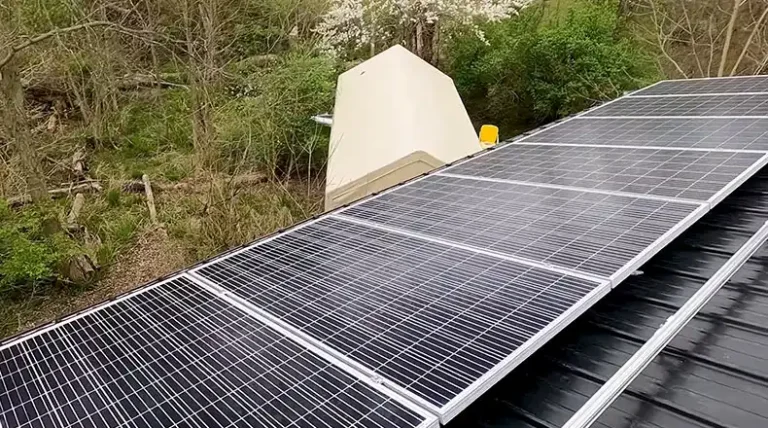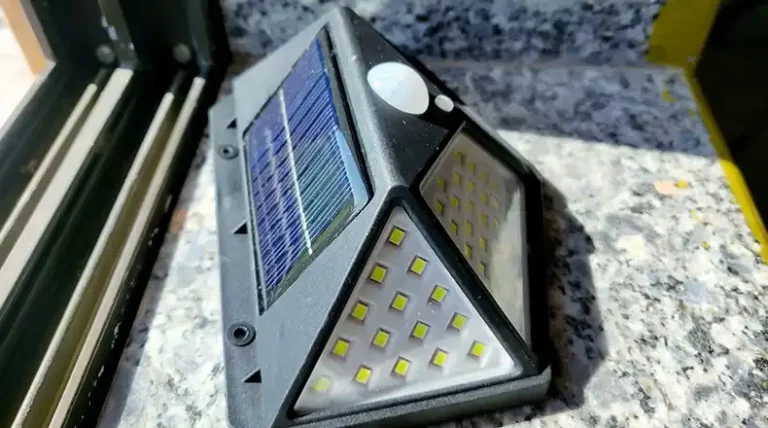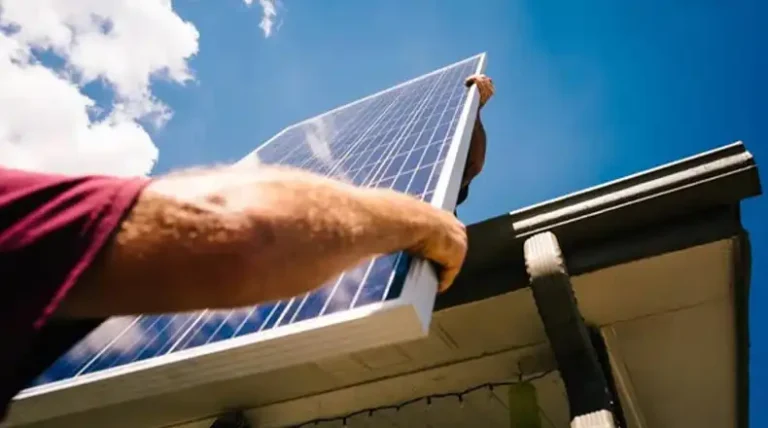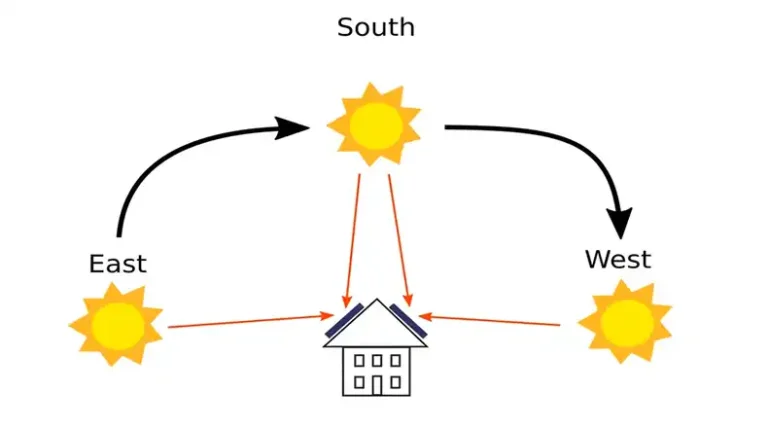STC vs NOCT | Differences in Solar Panel Testing Conditions
When it comes to solar panels, there are so many things you need to understand. To estimate what’s the actual output of a solar panel, you first need to determine its size, power, and voltage output as well as the testing condition of the device.
Normally, there are two types of solar panel testing conditions, Standard Test Conditions (STC) and (Nominal Operating Cell Temperature) NOCT. Learning the difference between them is not only important for learning purposes, but it will also give you an insight into how to compare these two which will ultimately help you in the buying process.
In short, STC is more like a lab-created perfect testing condition. NOCT, on the other hand, is more of a theoretical wattage measurement that gives a better real-world measurement. Care to know more? Read on!
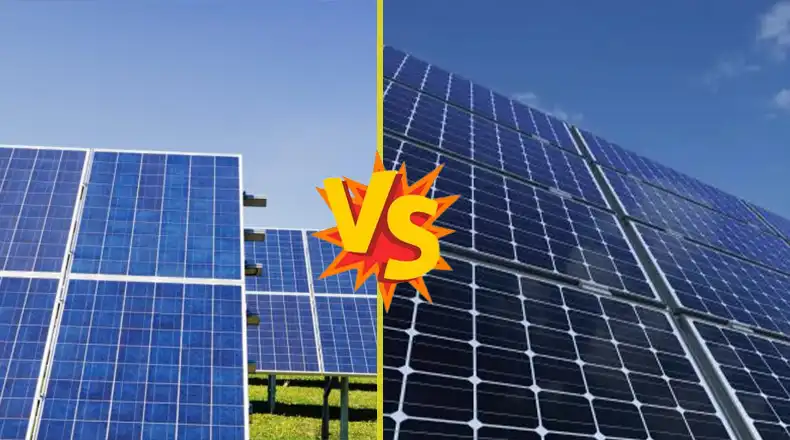
Difference Between STC and NOCT Test Conditions
In short, STC is what manufacturers use to describe the output of their solar system unit. But the NOCT is what you should actually consider when buying a new solar panel.
Condition 1: STC (Standard Test Conditions)
STC is an industry-wide benchmark that is used to determine their rated power and other attributes. It stands for Standard Test Conditions. For example, if a panel boasts a 350Wp capacity, it indicated that its anticipated performance is 350Wp under the STC test.
This is created as a uniform standard, which allows for a justifiable comparison among different manufacturers. The uniform standard has some preset conditions, including:
- Cell temperature: 25°C
- Irradiance: 1000 W/m²
- Air mass: 1.5
It is important to note that the temperate here we are talking about is the temperate that’s within the panel and not the ambient temperature. Why? Because as the panels gather heat and light, their temperature can go much higher, 20 to 30 degrees higher than the ambient temperature.
Now when it comes to limitations, there certainly are some limitations when it comes to STC. It simply doesn’t guarantee equivalent performance when two or more solar panels have the same STC rating. Factors such as varying temperature coefficients and responses to low light conditions can affect performance. Additionally, STC ratings don’t reflect panel build quality.
Now when you look at the datasheets, solar panels often include voltage and current values at STC. They are valuable for standard calculations involving string length and equipment sizing. Typically, you need to apply adjustment factors to make these calculations valid for different conditions.
Condition 2: NOCT (Nominal Operating Cell Temperature)
One thing you will notice or you should notice is that when you install solar panels, they don’t often perform as well as the numbers given in their specifications indicate. That’s because the specs are based on STC, which is the ideal condition that doesn’t reflect real-world conditions. That’s where NOCT comes in, to get a more accurate result.
NOCT conditions are closer to real-world settings and include:
- Sunlight intensity: 800 W/m2 (equal to 74.32 W/sq ft). NOCT uses 200 W/m2 less sunlight compared to STC.
- Air density: 1.5 (same for both NOCT and STC).
- Air temperature: 20°C (68°F). Unlike the 5°C difference between STC and NOCT, these are two entirely different temperatures. STC measures the solar cell temperature, while NOCT considers the outdoor air temperature.
- Wind speed: 1 m/s (equals 2.24 miles per hour). NOCT includes this additional factor which STC doesn’t consider.
These different test conditions lead to significant variations between STC and NOCT specifications.
But does it make any difference? Well, it does, because people want to use the most efficient solar panels. And the only way to determine which panel is the best suited for your needs is to compare those specs.
A Side-by-Side Comparison Between STC & NOCT
Here’s a difference chart between these two to help you better understand which standard you should choose when deciding on a solar panel to buy.
| Aspect | STC (Standard Test Conditions) | NOCT (Nominal Operating Cell Temperature) |
| Definition | Set of conditions used for testing solar panels under standard lab conditions. | Average cell temperature experienced by solar panels during real-world operation. |
| Irradiance | 1000 W/m² of solar irradiance | Varies depending on location, time of day, and environmental factors. Typically, lower than STC. |
| Temperature | 25°C cell temperature | Typically, 20-30°C above ambient temperature. |
| Air Mass | AM 1.5 spectrum (direct sunlight through atmosphere) | Varies based on local atmospheric conditions. |
| Reference Conditions | Used to compare the performance of different solar panels. | Used to estimate real-world performance and efficiency. |
| Purpose | Standardizes testing conditions to provide consistent comparison between panels. | Provides a more realistic estimate of panel performance in real-world conditions. |
| Measurement Accuracy | Very controlled and accurate conditions in a lab setting. | Accounts for a broader range of environmental factors and their impact on panel performance. |
| Location Independence | Not representative of all real-world operating conditions. | Provides a better estimate of how panels will perform in various climates and situations. |
Our Verdict
When you are deciding on a solar panel for your home or commercial space, consider NOCT, rather than STC, which is a more controlled environment result. NOCT on the other hand is real life and harsh conditions results.
As a general rule of thumb, you can expect to get 75 percent of the STC results of a panel. So, expect 225 or less watts from a 300 watts panel.
The Bottom Line
In the end, the real-life loss in the actual power output is much bigger and therefore, it is really important to take into account, if you don’t want to run into power shortage later on. If you are considering the STC data and can’t procure its NOCT results, we recommend you take 75% of its advertised capacity into account. For better results, always use the Watts Calculator provided by the NREL (National Renewable Energy Laboratory).

